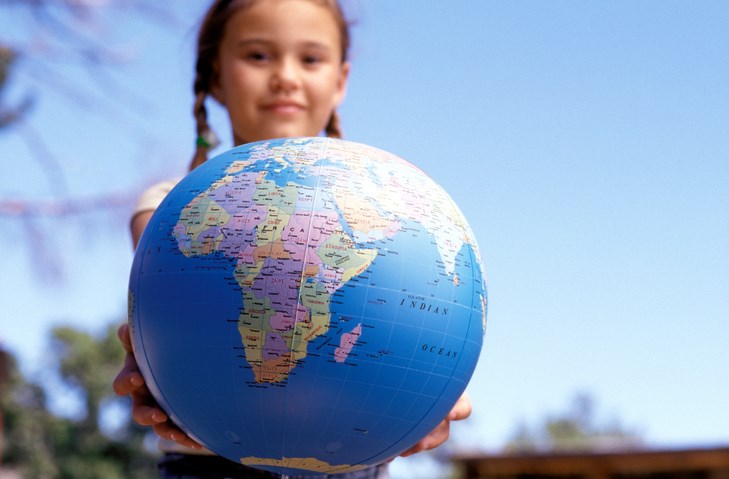Fee-paying foreign students continue to flock to School District 43 despite changes in B.C.'s education system that will reduce the number of high school exams and make learning more personal to student needs.
As many as 1,700 international education students are enrolled in SD43 schools, bringing in a record $27.8 million into the district, and 1,800 foreign students are expected to enrol in the fall, making the program the largest in Canada.
And while some might expect that the streamlining of provincial exams and possible changes to how students are graded as well as more flexible learning styles to dissuade some international students from enrolling, that does not appear to be the case.
Superintendent Patricia Gartland, who started the international education program in 1999, said families from countries such as China and Korea are not put off by the new curriculum. In fact, the changes being rolled out this year and next for kindergarten to Grade 12 classes are "very attractive to international students," according to Gartland.
She said schools around the world are developing programs that encourage critical and creative thinking, communication, collaboration, personal and social responsibility, digital literacy and citizenship, but B.C. schools have the advantage of also providing intercultural understanding and English language skills.
"Our international students are hoping to gain these competencies by attending school in our Coquitlam school district," Gartland stated in an email.
As a result, SD43 is seeing a lot of interest among families, with the top 10 sources of international students being China, Korea, Japan, Taiwan, Hong Kong, Thailand, Brazil, Mexico, Iran and Germany.
Once arrived, the students typically do well in school, with a 76% average, with some students going on to obtain post-secondary education in North America and others volunteering or starting up clubs at their school.
The district's international education program, which also includes summer school and customized learning programs for foreign teachers, has generated $275 million since 1999.



